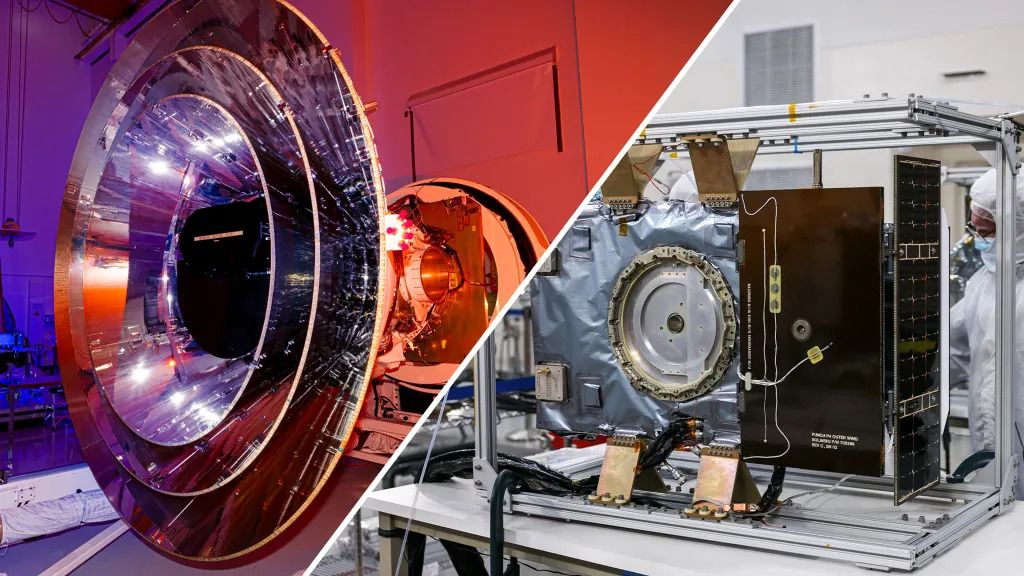NASA delays launch of SPHEREx and PUNCH missions to March 6

NASA’s SPHEREx and PUNCH missions will need to wait a little longer before heading to space.
After delaying the launch of these missions three times — they were originally slated to take to the skies on Feb. 27 — the space agency has postponed liftoff once again for SPHEREx and PUNCH. Both payloads will still be launching aboard the SpaceX Falcon 9 rocket selected for the task, which had most recently targeted Tuesday (March 4) for launch. Now, the pair will remain Earth-bound until Thursday (March 6).
They’ll liftoff from Launch Complex 4E at Vandenberg Space Force Base in California on Thursday at 10:09 p.m. EST (7:09 p.m. PST).
The missions’ first three delays were to allow for additional time for checkouts and processing on the Falcon 9 rocket they’ll ride to space, according to NASA. According to the agency’s latest update, the reasoning for the latest delay is similar.
You may like
The launch’s primary spacecraft, the Spectro-Photometer for the History of the Universe, Epoch of Reionization and Ices Explorer, or SPHEREx, is a large, white, conical probe built to image wide views of the universe in infrared wavelengths. The space telescope works similarly to the James Webb Space Telescope, but from a much more zoomed-out perspective.
PUNCH, the Polarimeter to Unify the Corona and Heliosphere, is a solar dynamics mission that consists of a small constellation of four satellites. The quartet will study things like coronal mass ejections, or CMEs, the solar wind and the sun’s corona. CMEs are of particular interest to astronomers because the phenomena can cause space weather events that potentially lead to radio blackouts on Earth.
Related Stories:
The rideshare arrangement between SPHEREx and PUNCH is part of NASA’s Launch Services Program, meant to pair missions and launch services together to maximize project budgets and reduce the need to purchase multiple launch vehicles.
The SPHEREx and PUNCH Falcon 9 launch will stream live on NASA+ and the agency’s YouTube channel, as well as on the Space.com homepage.
